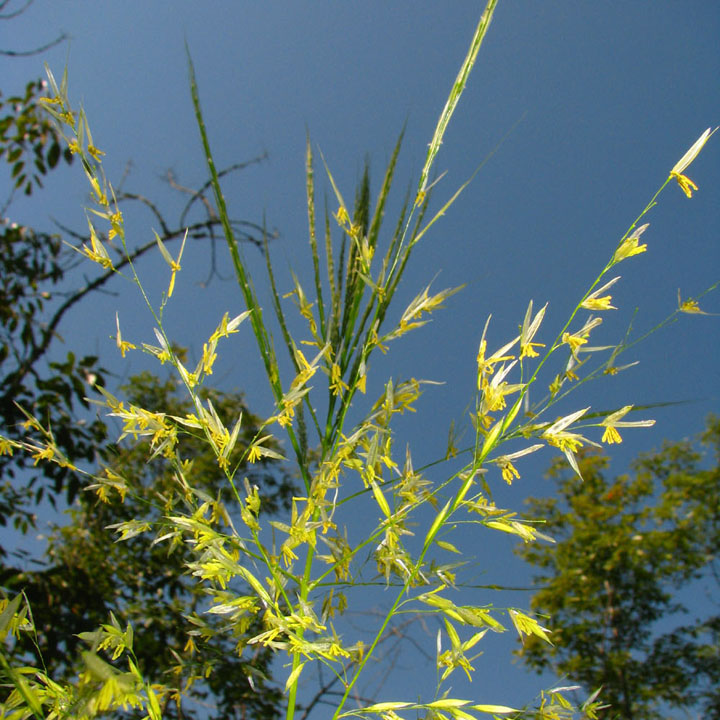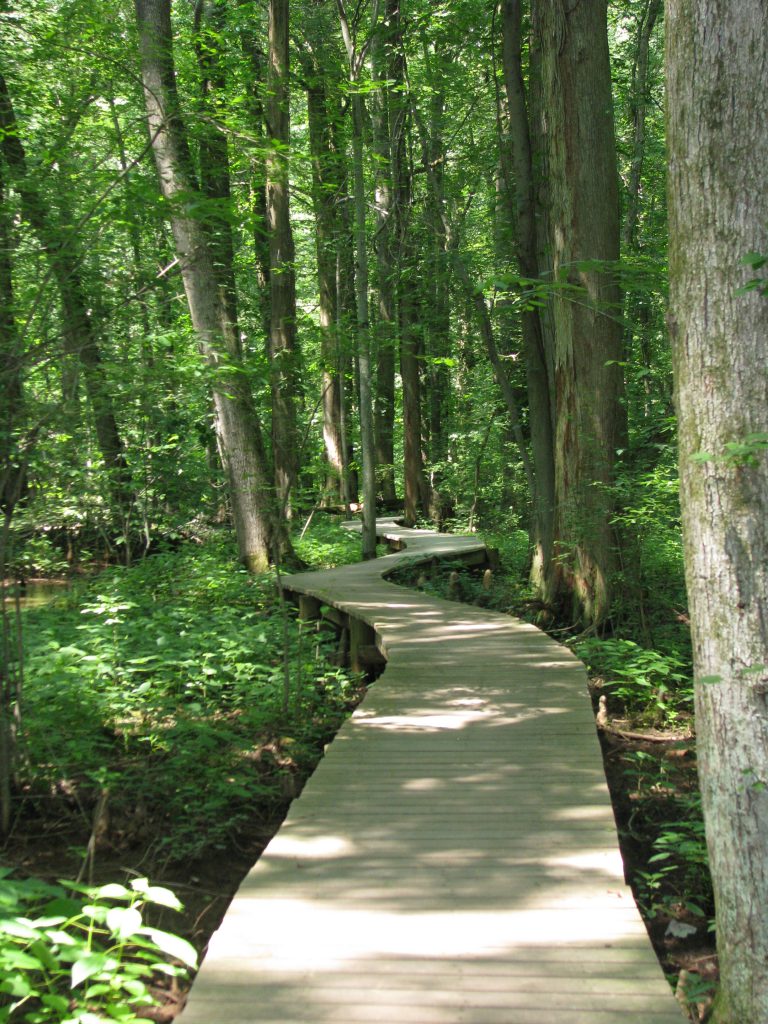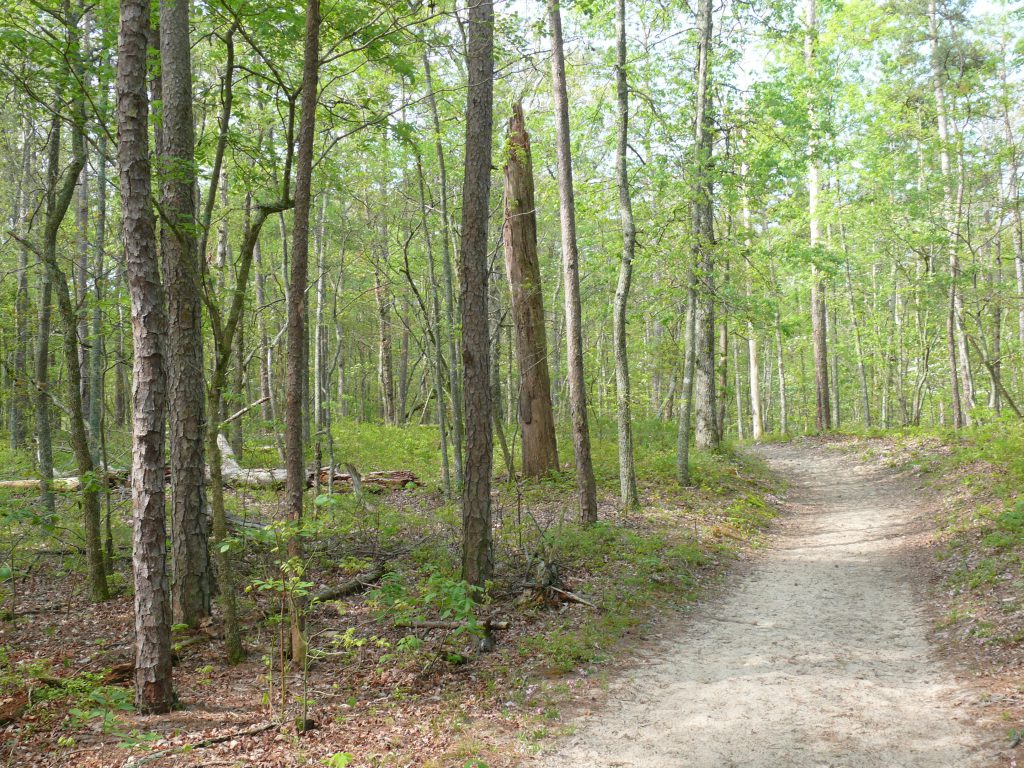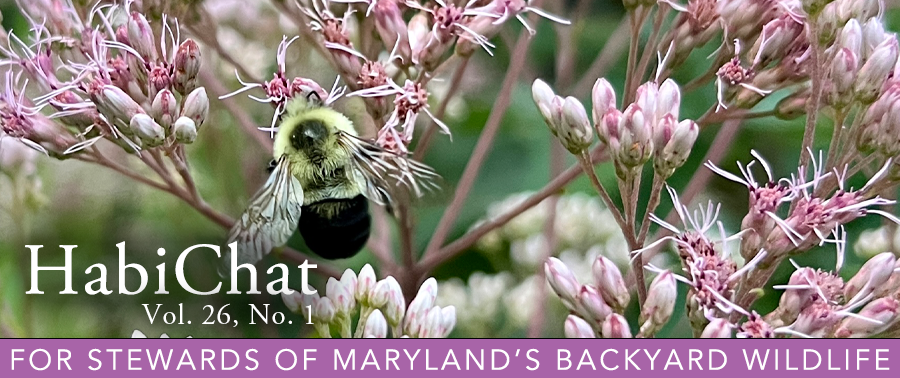Natural Heritage Program Spotlight: Maryland’s Natural Areas
Government land management titles are often a tangle of acronyms, with federal and state programs differing in their terminology, but remaining just similar enough to be confusing. Generally each defining term has meaning when it comes to things like how a land parcel was chosen, what it intends to conserve, and how it’s managed for the future. One of the lesser-known recognitions highlighted by the Department of Natural Resources is a Maryland Natural Area (for more on this, check out this page). Despite their quieter existence, Natural Areas are something pretty special.
Natural Areas are tracts of land or water that represent some of the best remaining examples of Maryland’s natural landscapes. They are characterized by their biological diversity and ecological significance, preserving places where our native plants and animals have a chance to thrive.
The 31 places currently recognized as Natural Areas have one or more of the following elements: rare natural communities; habitats essential to rare species; exemplary common natural communities; or exemplary geological sites. When it comes to managing a Natural Area, they are not “hands-off” as the title may imply. On the contrary, these sites are often actively managed to support the natural communities that led to recognizing that area in the first place. Many common forms of recreation are acceptable within Natural Area boundaries, including hiking, paddling, birding, and other ways to enjoy nature.
Natural Areas may not feel as developed or have as much infrastructure as a park. Still, intrepid explorers can find some lesser-known but no less valuable wonders therein. For example, in the Central Region, Otter Point Creek Natural Area is one of the largest remaining freshwater tidal marshes in the upper Chesapeake Bay and hosts a stand of wild rice that is home to numerous resident and migrant animals. In the West, Finzel Swamp contains one of only two remaining Maryland populations of the coniferous tree, the American larch. In the South, Battle Creek Cypress Swamp is one of the northernmost stands of bald cypress trees; walking on the boardwalk feels a bit like you’ve journeyed to another planet (Star Wars fans- like Dagobah!). In the East, Furnace Natural Area holds one of the best examples of a shortleaf pine community in Maryland, formed in and around sand dunes dating back to the Pleistocene Epoch.
Want to learn more? Come visit us at the Maryland State Fair in the Mosner Miller Building. Try your hand at our Natural Areas Quiz board and win a prize, and meet new staff and volunteers. We hope to see you there!
Welcome back to HabiChat!
My name is Sarah Witcher, and I’m new here! With the help of Edwin Guevara and Paula Becker, I’ll be taking over in the HabiChat and Wild Acres realm, hoping to continue to inspire (and be inspired by) Maryland nature enthusiasts. Feel free to reach out to us with any wildlife questions or topics you’d like to know more about, or share what you’ve done in the past year with your backyard habitat. We’d love to hear from you!
In this issue, we’ll consider how to approach the “littler” critters and appreciate mini-Maryland wildlife through the use of a macro lens. Also, habitat tips about end-of-summer bird baths and our favorite ferns will be featured, with a fun leaf print activity for artists of any age. Finally, enjoy a new section that will highlight the very best of what we here at the Natural Heritage Program do within the Maryland Department of Natural Resources.
We hope you’ll come visit us and meet our new staff at the Maryland State Fair.
Enjoy!
Sarah Witcher
Sarah.Witcher1@maryland.gov
410-260-8566
Click here to have HabiChat—the quarterly backyard wildlife habitat newsletter from the Wild Acres program—delivered right to your inbox!
In this Issue
- Macro Mini Maryland
- Chlorophyll Leaf Prints in 5 Easy Steps
- Habitat Tip: Helping Birds Beat The Heat
- Native Plant Profile: Yours Frondly, Ferns
- Natural Heritage Program Spotlight: Maryland’s Natural Areas





 1-888-373-7888
1-888-373-7888 233733
233733